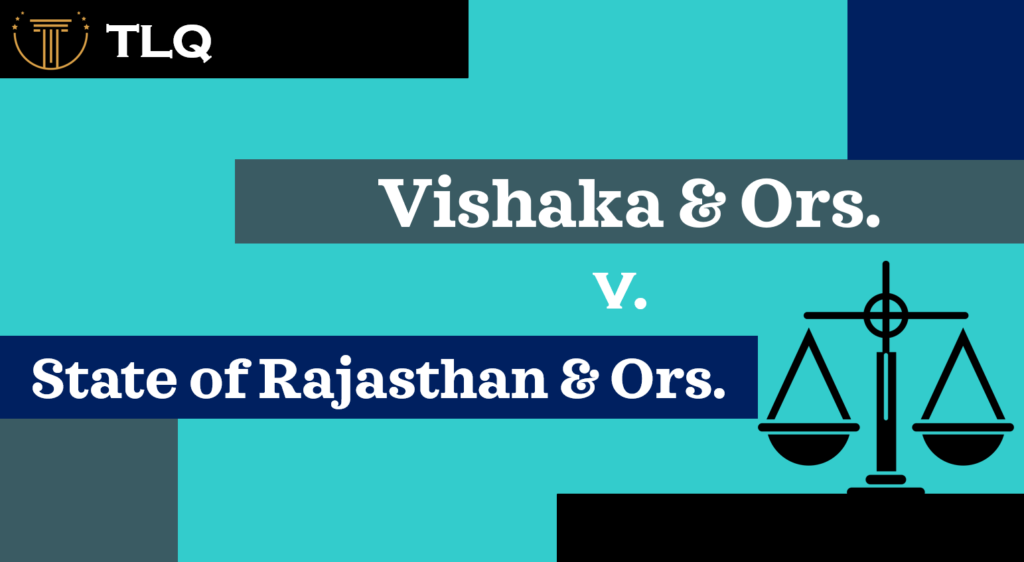Published On: 1st January, 2025
Authored By: Prachi Kumari
Savitribai Phule Pune University
The recently introduced Bharatiya Nyaya Sanhita (BNS), 2023, which replaces the Indian Penal Code (IPC) of 1860, has sought to modernize India’s criminal law while retaining several foundational principles, including the doctrine of self-defense. The right to self-defense, rooted in natural law and codified under the IPC (Section 96–106), finds continuation in the BNS, albeit with some rephrasing and restructuring to align with contemporary legal needs.
Historical Context of Self-Defense in Indian Law
Self-defense, as recognized under Indian law, is not merely a statutory right but a fundamental principle of justice. The IPC, drafted under colonial influence, heavily borrowed from English common law but adapted it to the Indian context. Under the IPC, Section 96 established the general exemption from criminal liability for acts done in the exercise of self-defense, while Sections 97–106 laid out specific parameters. These provisions enabled individuals to defend themselves, others, or property without waiting for state intervention. This framework has now been translated into corresponding provisions in the BNS, ensuring continuity in principle. However, the BNS introduces a simplified structure that aims for greater clarity and accessibility.
Key Provisions in the BNS on Self-Defense
Under the BNS, the doctrine of self-defense has been codified with an emphasis on proportionality, immediacy, and necessity. These principles remain consistent with established jurisprudence but are articulated in a language designed to eliminate ambiguities.
- Proportionality: The force used in self-defense must not be excessive and must correlate to the harm threatened. Courts have historically upheld this principle to ensure that the defense is not a guise for retaliation. For instance, in Darshan Singh v. State of Punjab, the Supreme Court emphasized that self-defense justifies only such force as is necessary to repel the attack.[1]
- Immediacy and Necessity: The right arises only when there is an imminent and reasonable threat of harm. In the State of Madhya Pradesh v. Ramesh, the court ruled that the threat must be real and immediate, not speculative or remote.[2] This concept is reiterated in the BNS, which clarifies that the defense must be invoked only when state protection is unavailable in time.
- Protection of Property and Person: The BNS continues to recognize the right to defend not only oneself and others but also property, provided the defense is proportional to the threat faced.
Expansions and Limitations in the BNS
While largely retaining the principles of the IPC, the BNS introduces clearer guidelines on controversial aspects, such as:
- Defensive Force Against Lawful Authorities: The BNS specifies that self-defense cannot be invoked against acts of lawful authority unless such authority acts without legal justification. This nuanced approach addresses potential misuse of the defense.[3]
- Clarification of Burden of Proof: Although the burden of proof lies on the prosecution to disprove self-defense once invoked, the BNS emphasizes the need for prima facie evidence from the accused to claim the defense. This aligns with the Supreme Court’s ruling in Rizan v. State of Chhattisgarh.
- Extended Application: The BNS elaborates on the scope of self-defense in cases of “continuing threats,” such as domestic violence or stalking. This progressive inclusion caters to scenarios where harm may not be immediate but is continuous and threatening.
Judicial Interpretation Post-BNS Implementation
As the BNS is implemented, its interpretation by the judiciary will determine its practical application. Indian courts have historically adopted a pragmatic approach to self-defense, as seen in cases like Vishwanath v. State of Uttar Pradesh, [4]where the court held that a person under threat is not expected to measure the exact weight of force required for defense. The BNS builds on this jurisprudence by emphasizing reasonableness over mathematical precision.
Challenges and the Way Forward
While the BNS provisions on self-defense are largely robust, challenges remain in their application. For instance:
- Subjective Nature of “Reasonable Force”: The assessment of proportionality often relies on subjective interpretations by law enforcement and the judiciary, potentially leading to inconsistencies.[5]
- Awareness and Accessibility: The right to self-defense, though codified, is often underutilized due to a lack of awareness among the populace. Public legal education on the BNS is imperative.
- Training for Law Enforcement: Ensuring that law enforcement agencies are trained to interpret and apply the new provisions effectively is crucial for safeguarding this right.
Conclusion
The Bharatiya Nyaya Sanhita, 2023, while retaining the foundational principles of the IPC, represents a step forward in clarifying and modernizing the right to self-defense in India. By codifying established jurisprudence and addressing contemporary challenges, the BNS ensures that this right remains an effective safeguard for individuals. However, its success depends on judicial interpretation, public awareness, and consistent enforcement.
Reference(s):
[1] Darshan Singh v. State of Punjab, AIR 2010 SC 1212.
[2] State of Madhya Pradesh v. Ramesh, AIR 2005 SC 134.
[3] State of Madhya Pradesh v. Ramesh, AIR 2005 SC 134.
[4] Vishwanath v. State of Uttar Pradesh, AIR 1974 SC 423.
[5] Ramesh v. State of Karnataka, AIR 2015 SC 192.




